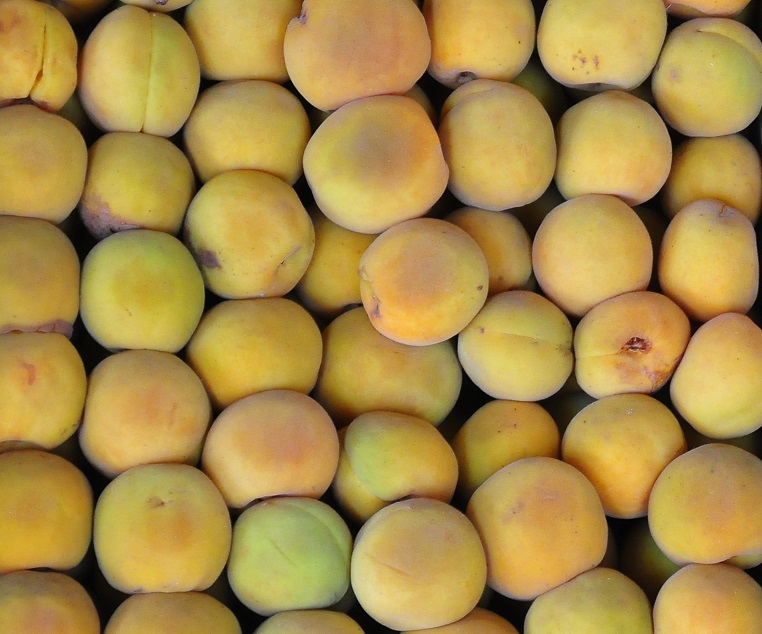Egyptians can’t seem to get enough of the Jan. 25 Revolution. However, the approach adopted to support it can sometimes be a bit naive: many believe that to be a revolutionary, one must be radical and brash; that the call for change needs to be addressed in an uncompromisingly dictating tone.
In that vein, creative expression becomes transparent and largely callow, offering the public gullible attempts towards profound change, lately embodied in photographs of protesters in Tahrir, street children and other images of the unfortunate outcomes of the last 30 years. Despite the importance of these images, their consistent repetition leads to a kind of immunity to their effect: people begin to brush them off as poster images of the revolution and eventually ignore them entirely.
Despite the requirement of a revolution to some drastic approaches and a poster image or two, backing up the revolution is not restricted to that: there are many facets to the change Egypt needs to develop and move forward, the most important of which is education and awareness of Egypt’s heritage and resources. An example of this is the calmer overture in the local art scene: the collaboration of Zamalek Art Gallery and Hotel Kempinski starting this month.
Hotel Kempinski decided to up its cultural volume by holding an art exhibition in its otherwise naked walled lobby. Kempinski enlisted the help of the Zamalek Art Gallery to revamp its lobby as well realize this new proposition. An excellent choice by the hotel management, the Zamalek Art Gallery is known as a powerhouse when it comes to art representation: it singlehandedly represents some of the biggest names in Egypt and region. Among them is a modern art pioneer from the famous second generation of Egyptian artists, the late Salah Taher, whose work inaugurated this collaboration between hotel and gallery last week.
The opening night was a success; an excellent demonstration of both gallery curation and hotel hospitality. The artwork itself, overseen by the artist’s son, Ayman Salah Taher, needs no review. A collection of work by the late Salah Taher, ranging from his more recent sketches to his earlier paintings, is simply exquisite.
For those who find abstraction to be an easy art-form — in the sense that it can’t ‘judged’ as it does not represent any recognizable idea — you only need to see Salah Taher’s work to reevaluate your position. His abstractions are genuine reduction of detailed figural representations to their most basic lines, creating pieces that are absolutely pure in both form and color.
Mastery in color can be seen in the earlier abstracted paintings of peasant life, where the palette is bright and wild but not obtrusive — loud enough to catch attention but precisely short of being noisy. Form is drawn with the skill of an artist trained in the good old days of the Faculty of Art under the supervision of the brilliant Yusuf Kamel and Ahmed Sabry. This is clearly illustrated in his ink sketches, where both spontaneity and command of the medium lend to small but strong painting. Writer and novelist Yusuf Idris described it best when he said of Taher: "He’s volcanic in color, with lines as sharp as the difference between right and wrong, beauty and ugliness, melody and noise."
The current collection of Taher’s work will adorn the walls of Kempinski’s lobby for a month. The show will be complimented by another exhibition at the Zamalek Art Gallery grounds, so that when hotel guests see the artist’s work, they’d be incited to see more of it at the gallery. This achieves two goals: prompting further tourism of the city, as well as increasing awareness of modern Egyptian art.
To bring all this back to the aforementioned calmer approach to change and revolutionary thinking, both hotel and gallery have taken a step forward towards displaying art and allowing it access to a wider public. The Four Seasons Nile Plaza had also enlisted the help of Zamalek Art Gallery in furnishing its walls: every room, lobby, corridor and restaurant boasts a painting, print, drawing or sculpture created by an Egyptian artist and selected by the gallery for its final placement at the hotel.
Kempinski took it a step further and allowed the gallery to use its lobby walls as an exhibition space, with every month introducing to a new artist to viewers, ranging from businessmen, restaurant customers and hotel guests (local and foreign). Despite it being a somewhat small step towards change in the light of current events, the result of this excellent collaboration is a substantial development towards a better understanding of this country’s culture, art and artists.




